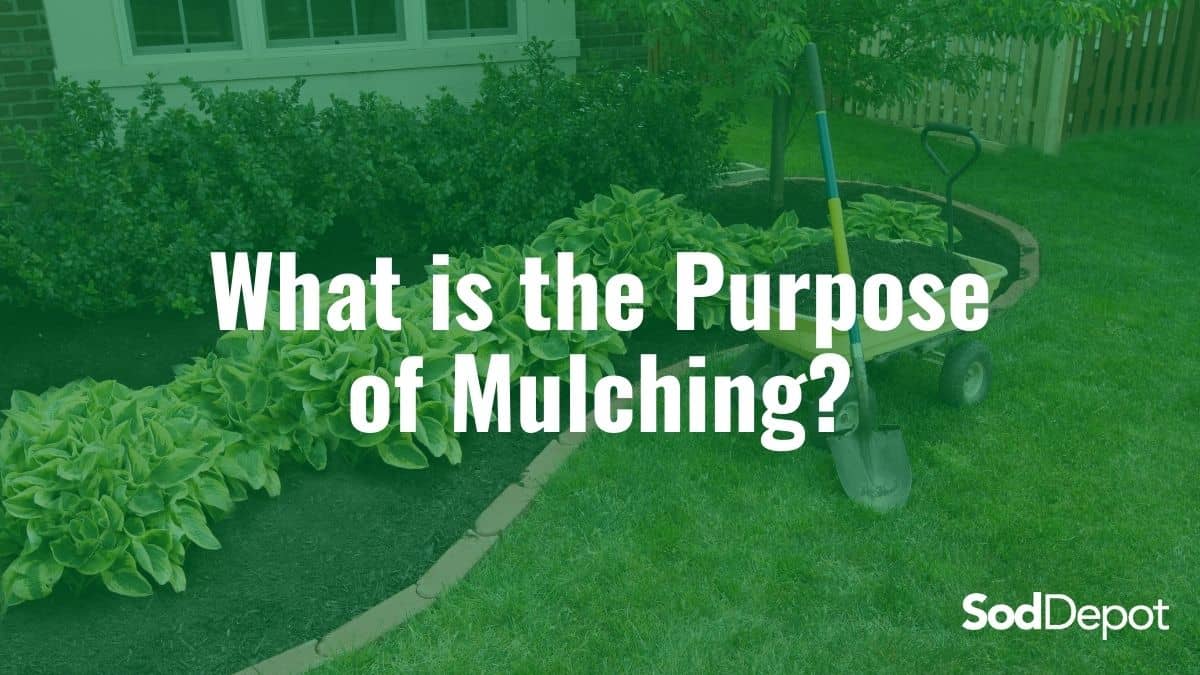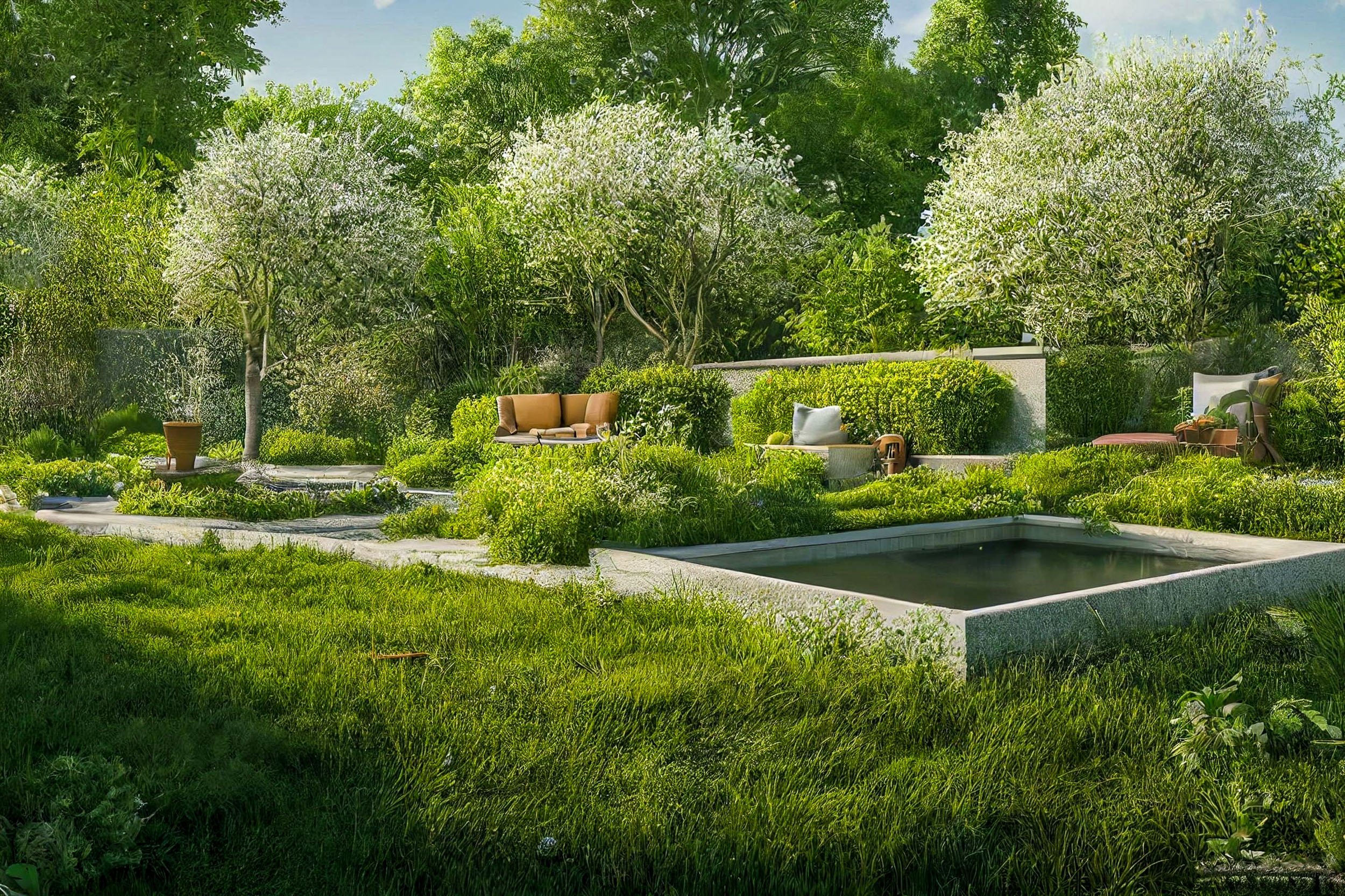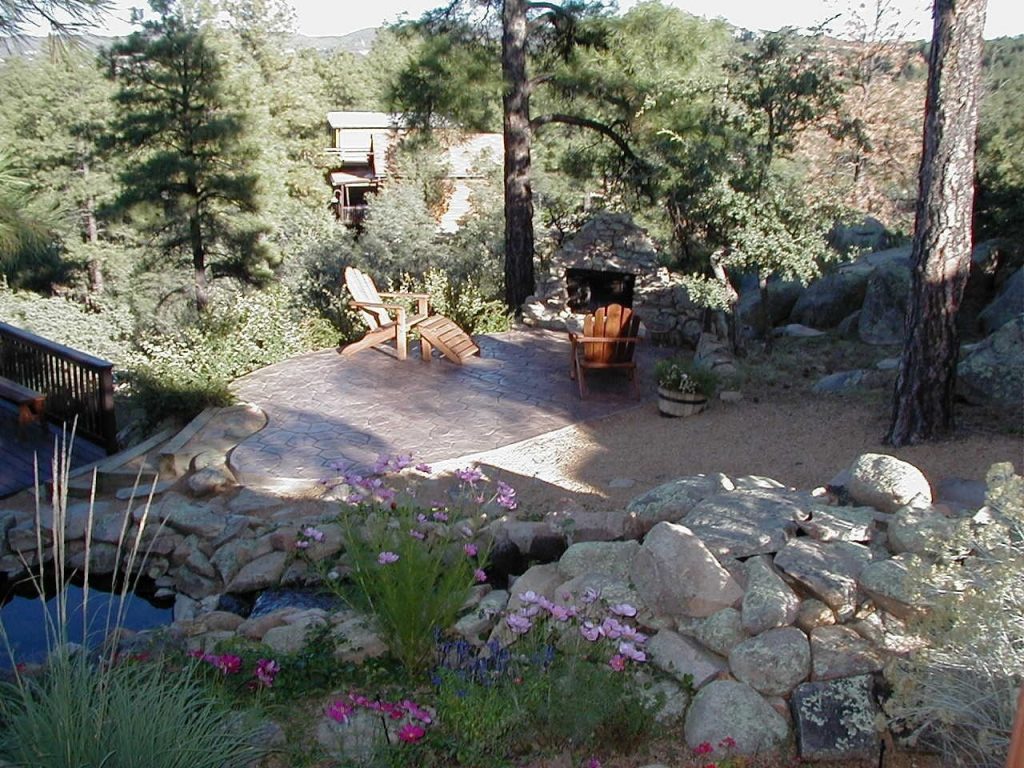Unknown Facts About Hilton Head Landscapes
Table of ContentsThe Ultimate Guide To Hilton Head LandscapesHilton Head Landscapes for DummiesHilton Head Landscapes Things To Know Before You Get ThisThe Ultimate Guide To Hilton Head LandscapesThe Hilton Head Landscapes PDFs7 Simple Techniques For Hilton Head LandscapesLittle Known Questions About Hilton Head Landscapes.3 Simple Techniques For Hilton Head Landscapes
Kind compatibility is also a major part of unity in designone or 2 noticeably different kinds are great for contrast and focus, yet generally all various other forms must have some resemblances for a combined look. Structure refers to how crude or great the surface of the plant or hardscape product feels and/or looks.
Instances of plants with crude structure consist of philodendrons, agaves, bromeliads, hollies, palms, and hydrangeas. Features that produce fine texture consist of small foliage; slim, strappy leaves (yards) or high, slim stems; small, dense branches and small branches; long stems (vines); and tiny, delicate flowers.
Hilton Head Landscapes - An Overview
The majority of plants are medium texture, in that they can not be defined as having either crude or great texture. Medium-textured plants act as a background to link and unify the crude- and fine-textured plants.

To make an area really feel smaller sized, position the coarse structures along the external border and the great structures closest to the viewer. The detail of the coarse texture makes the plants show up closer and makes the room feel smaller. The perceived texture of plants can likewise transform with the distance from the plant.
Not known Facts About Hilton Head Landscapes
Strong colors raise the contrast and make the structure show up coarser, while muted colors can flatten appearance. Hardscape with a rugged texturesuch as really harsh rocks and strong, large timberstends to make all plant product show up more medium distinctive. Designers typically create a texture research (Figure 8) on paper to assist make a decision the setup of plant products.
Figure 8. Texture study. Shade in plant material and hardscape includes rate of interest and variety to the landscape. Color is the most obvious component in the landscape and is generally the emphasis of many property owners; nonetheless, it is likewise the most momentary element, generally lasting just a few weeks a year for specific plants.
10 Simple Techniques For Hilton Head Landscapes
A simple description of the shade wheel includes the 3 primary shades of red, blue, and yellow; the 3 secondary colors (a mix of 2 primaries) of green, orange, and violet; and 6 tertiary shades (a mix of one adjacent primary and second shade), such as red-orange. Color theory clarifies the connection of shades per other and how they need to be utilized in a make-up.

Analogous (occasionally called unified) color design are any kind of three to 5 shades that are nearby on the color wheel, such as red, red-orange, orange, yellow-orange, and yellow, or blue, blue-violet, and violet (hilton head landscapers). The colors are associated to each various other since they typically include two primaries blended to create a secondary and 2 tertiary shades, which indicates they share common properties
Corresponding colors are usually located naturally in blossoms; an usual set is yellow and violet. Shade is found in the blossoms, vegetation, bark, and fruit of plants.
Rumored Buzz on Hilton Head Landscapes
Green foliage in all its different shades is the leading color by amount, however various other shades record focus quicker due to the fact that of their high comparison to the shade eco-friendly. Shade is additionally located in buildings, rocks, pavers, wood, and furnishings. The majority of colors in natural materials, such as stone and timber, are typically low-key and tend to be variations of brownish, tan, and pale yellow.
Colors have properties that can influence emotions, spatial understanding, light high quality, equilibrium, and focus. Trendy shades often tend to be relaxing and should be used in locations for relaxation and calmness.
The Single Strategy To Use For Hilton Head Landscapes
The "temperature level" of colors can also affect the understanding of distance. Cool shades have a tendency to recede and are perceived as being further away, making a space really feel larger. Warm shades have a tendency to advance and are viewed as being better, making a space feel smaller. Color can also be used to catch attention and direct views.
For example, intense yellow, which has the highest strength, also has a high contrast with all other colors (commonly called a "pop" of color) and should be made use of moderately. A percentage of extreme shade has as much aesthetic weight as a big quantity of a much more restrained or weak shade.
Similar (occasionally called unified) color schemes are any kind of 3 to 5 shades that are surrounding on the shade wheel, such as red, red-orange, orange, yellow-orange, and yellow, or blue, blue-violet, and violet. The shades relate to each various other because they normally consist of two primaries mixed to create a second and 2 tertiary shades, which indicates they share typical buildings.
4 Easy Facts About Hilton Head Landscapes Explained
They tend to have high comparison in between them. The most common collections are violet and yellow, red and eco-friendly, and blue and orange. Complementary colors are usually located naturally in flowers; an usual pair is yellow and violet. Shade is discovered in the blossoms, foliage, bark, and fruit of plants.
Green foliage in all its different shades is the leading shade by amount, but various other colors catch focus extra easily due to their high contrast to the color environment-friendly - landscapers hilton head island - https://www.pubpub.org/user/steven-gonzales. Shade is also located in structures, rocks, pavers, wood, and furnishings. Many shades in all-natural materials, such as rock and wood, are generally low-key and often tend to be variations of brown, tan, and pale yellow
Hilton Head Landscapes Fundamentals Explained
Color is a crucial component for creating passion and variety in the landscape. Colors have properties that can affect feelings, spatial perception, light quality, balance, and focus. One residential property of color is explained loved one to temperaturecolors appear to be cool or cozy and can affect emotions or feelings. Trendy colors tend to be soothing and ought to be utilized in areas for relaxation and calmness.
Great shades have a tendency to explanation recede and are regarded as being further away, making a room really feel bigger. Color can likewise be utilized to capture interest and direct views - https://sitereport.netcraft.com/?url=https://www.hiltonheadlandscapes.com.
Brilliant yellow, which has the highest strength, likewise has a high contrast with all various other shades (frequently described as a "pop" of shade) and must be utilized moderately. A percentage of extreme shade has as much visual weight as a big amount of an extra restrained or weaker color.